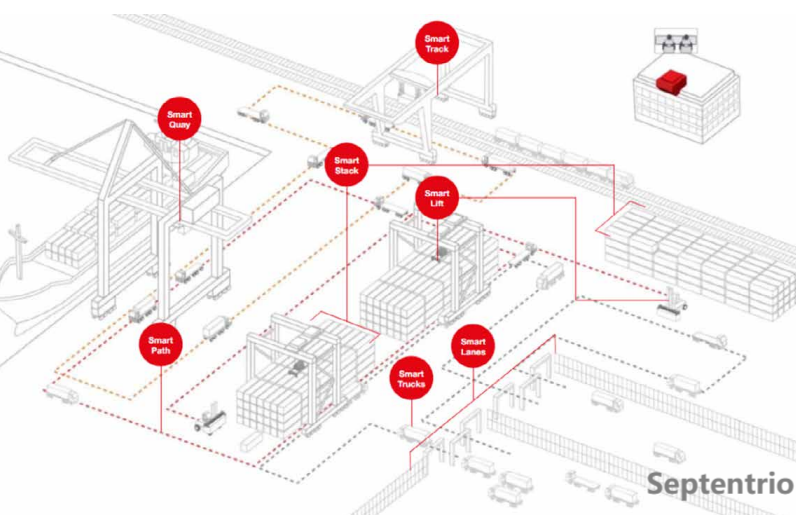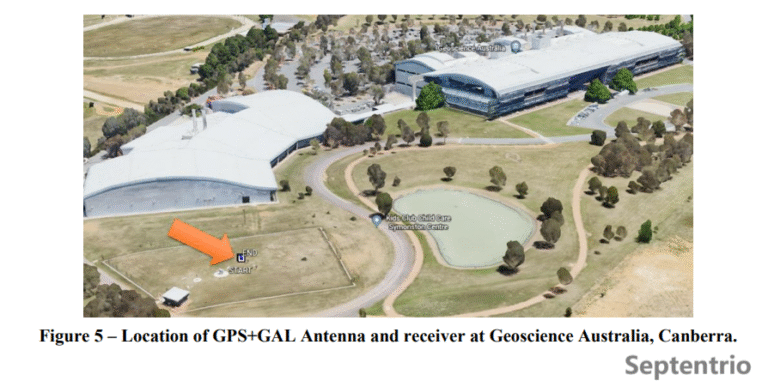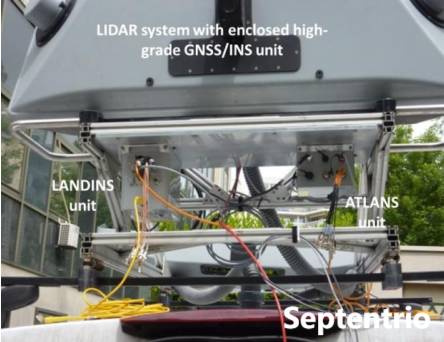Septentrio, first choice for drone gps

In the explosive growth of drone mapping, agricultural monitoring and urban logistics, high-precision drone gps has become a necessity in the industry, while signal interference in complex electromagnetic environments is becoming a core pain point that threatens operational safety.With more than 20 years of technical accumulation, Septentrio, a Belgian high-precision GNSS giant, has constructed a “diamond-level protection system” for drone gps with its Mosaic series of anti-jamming positioning modules, which has become the first choice of global users.
Anti jammer drone gps: cracking urban canyons and electromagnetic storms
Traditional GNSS modules often experience positioning drift or even failure in high-voltage substations, dense buildings or malicious interference scenarios, while Septentrio’s Anti jammer drone gps’ original AIM+ technology builds a full-link protection through the precision design of RF chips and adaptive baseband algorithms, and the real-time spectrum analysis system automatically configures the trap filter to effectively filter environmental electromagnetic noise and intentionally interfering signals.The real-time spectrum analysis system automatically configures trap filters to effectively filter environmental electromagnetic noise and intentional interference signals, ensuring that the horizontal positioning accuracy in urban canyons is stable at the centimetre level; the built-in APME+ algorithm of Anti jammer drone gps dynamically filters out the misleading signals reflected from the buildings, solving the positioning jumps caused by underground garages, bridges, and other “signal black holes;” and at the same time, the IONO+ technology guarantees positioning availability in extreme weather and avoids track interruptions caused by ionospheric activity.Tests on Andøya Island, Norway, show that the technology can maintain continuous and true positioning output even in a strong interference environment, providing a guarantee for drone gps.
Small drone gps, lightweight meets ecology
Septentrio understands the stringent requirements of drones in terms of weight and power consumption, where every gram of weight optimisation means a qualitative change in endurance. septentrio’s ultra-compact package of small drone gps, with its extremely low weight and low power consumption, frees up valuable payload space for drone use; Septentrio’s eco-strategy goes far beyond that.Septentrio’s eco-strategy goes beyond hardware compatibility and builds an open system covering the whole process of development, integration and application. septentrio’s small drone gps users can customise anti-jamming modes, data output frequency and other parameters through the configuration tool, and realise rapid integration in a short time through the mosaic-go evaluation kit;It supports mainstream operating systems such as Pixhawk, ArduPilot, PX4, etc. Through the open source driver and API interface, developers can call multi-band raw observation data and realise the deep fusion with inertial navigation unit, LiDAR and other sensors.
Septentrio’s drone gps technology is the “navigation heart” of tens of thousands of industrial drones, from polar research to tropical farmland, and from 100-metre-high buildings to underground pipe networks.With the development of the times and the advancement of technology, the Belgian company will continue to promote the innovation of positioning technology with high reliability – choosing Septentrio means choosing to tie the toughest safety






